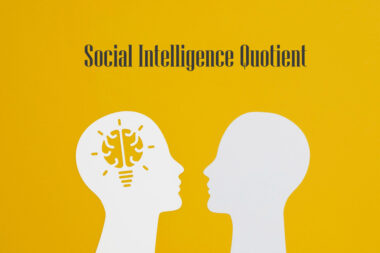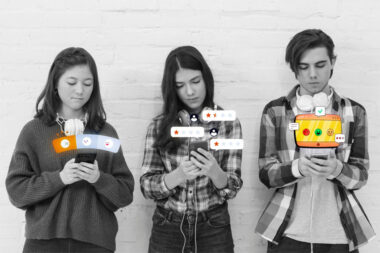In our wonderfully diverse world, it’s crucial to embrace and understand neurodiversity. What’s neurodiversity? Well, it’s a term that acknowledges the natural variations in how our brains work.
Just like people come in different shapes, sizes, and personalities, our brains can be wired differently, too. Two conditions often associated with neurodiversity are Attention-Deficit/Hyperactivity Disorder (ADHD) and Autism Spectrum Disorder (ASD).
Let’s dive into what neurodiversity means and look at the world of ADHD and Autism.
What’s the Deal with Neurodiversity?
Neurodiversity recognizes that our world is more prosperous when we embrace our differences. It’s the idea that conditions like ADHD and Autism aren’t something to be “fixed” or “normalized” but rather understood and appreciated.
Neurodiversity also emphasizes the importance of destigmatizing neurodivergent conditions and challenging societal norms that perpetuate discrimination.
Advocates argue that by embracing neurodiversity, we move towards a more inclusive and accepting society where everyone, regardless of neurotype, can thrive and contribute meaningfully.
Celebrating Our Uniqueness
It’s like a big, welcoming hug for our quirks and strengths. Neurodiversity encourages us to celebrate the unique perspectives and talents that individuals with ADHD and Autism bring to the table.
ADHD: More Than Hyperactivity
ADHD, or Attention-Deficit/Hyperactivity Disorder, often gets a bad rap. You might think it’s all about being hyperactive, but that’s not the whole story.
ADHD comes in different flavors:
- Inattentive Type: Some folks with ADHD find it tricky to focus, stay organized, or stick with tasks.
- Hyperactive-Impulsive Type: Others are more impulsive and hyperactive, making it challenging to sit still or think before acting.
- Combined Type: And some people have a mix of inattentive and hyperactive-impulsive symptoms.
Challenges and Superpowers
People with ADHD often have superpowers in the creativity department. They think outside the box, bring enthusiasm, and might surprise you with their talents. But they might also need help managing time and staying focused.
Autism Spectrum Disorder: It’s a Spectrum, After All
Autism Spectrum Disorder, or ASD, is like a grand puzzle with many pieces. It’s called a “spectrum” because it can look different in each person.
Just as no two puzzles are identical, ASD manifests in distinct ways, with its intricate patterns and complexities coloring the lives of those it touches.
While there is no cure for ASD, various therapeutic approaches, educational strategies, and support systems aim to address specific needs and foster skill development. Learn more about therapy for autism disorder.
Core Qualities
At the heart of ASD, there are some common qualities, like challenges with social interaction, communication, and repetitive behaviors. However, how these show up can be unique for each individual.
Super Skills and Hidden Talents
What’s incredible is that many people with Autism have hidden talents. You might find them rocking it in math, music, or art. These talents are part of the fantastic tapestry of neurodiversity.
Why Acceptance and Inclusion Matter
Understanding neurodiversity isn’t just about knowing what it is but embracing it with open arms. It’s about creating a world where everyone, regardless of their unique brain wiring, is valued and supported.
Learning and Spreading the Word
We all need to learn more about neurodiversity. When we understand it better, we can challenge those myths and stereotypes and be more compassionate and accepting.
Building Spaces of Support
By creating environments that celebrate neurodiversity, we help individuals with ADHD and Autism thrive. These supportive spaces make the world a better place for everyone.
Let’s Celebrate Our Differences
The neurodiversity movement, championed by organizations like Possibilities Clinic, celebrates the diverse abilities and contributions of neurodiverse individuals.
It’s about ensuring that people of all kinds get a chance to shine, whether in school, at work, or just hanging out with friends.
Final Thoughts
In a nutshell, understanding neurodiversity is like recognizing the beautiful tapestry of human brains. ADHD and Autism are just two threads in this intricate design, and everyone’s experience is unique.
By embracing neurodiversity accepting and supporting each other, we create a world where every individual, no matter how their brain is wired, can flourish and make their unique mark on the world.
So, let’s celebrate our differences and learn from one another as we journey through the fascinating landscape of neurodiversity!
This article is published by our independent team of health and wellness pundits that publish original and informative content to empower readers to take charge of their health and embark on a physically, mentally, and emotionally balanced lifestyle.







































Leave a Reply